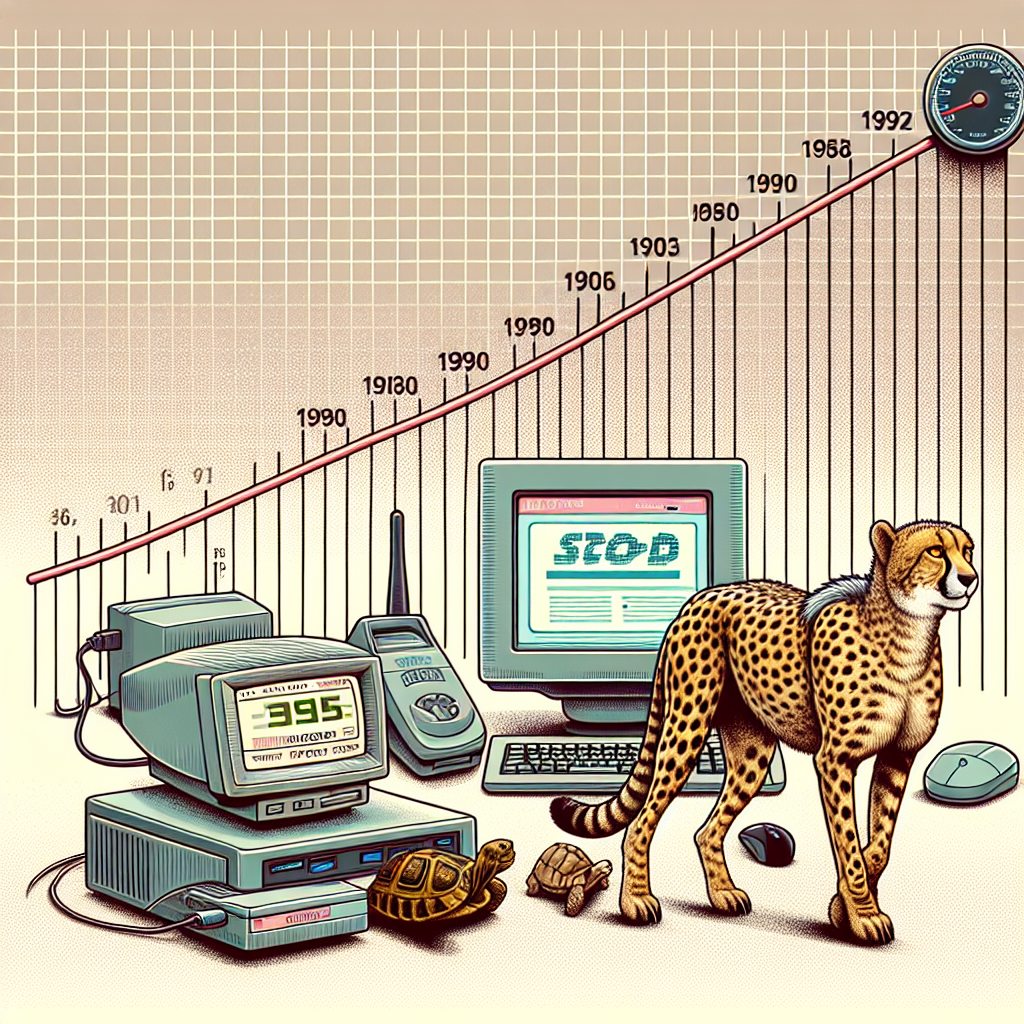The evolution of data transfer rate has been one of the most significant advancements in the field of technology. From the days of dial-up internet to high-speed broadband connections, the way we access and transfer data has undergone a dramatic transformation.
In the early days of the internet, dial-up connections were the norm. Users would connect to the internet using a modem that transmitted data over telephone lines at a maximum speed of 56 kilobits per second (Kbps). This meant that downloading a simple webpage or sending an email could take several minutes, and streaming video or music was virtually impossible.
As technology advanced, so did data transfer rates. The introduction of broadband internet in the late 1990s revolutionized the way we accessed the internet. Broadband connections, which include DSL, cable, and fiber-optic, offered significantly faster speeds than dial-up, allowing users to download and upload data at rates of up to several megabits per second (Mbps).
The advent of high-speed internet has opened up a world of possibilities for users. With speeds reaching hundreds of megabits per second and even gigabit speeds in some areas, users can now stream high-definition videos, play online games, and download large files in a matter of seconds.
The evolution of data transfer rate has not only improved the user experience but has also enabled the development of new technologies and services. Cloud computing, for example, relies on high-speed internet connections to transfer data between devices and servers, allowing users to access their files and applications from anywhere in the world.
As we continue to demand faster and more reliable internet connections, the evolution of data transfer rate shows no signs of slowing down. With the rollout of 5G technology and the promise of even faster speeds in the future, the way we access and transfer data will continue to evolve, shaping the way we interact with technology and the world around us.



